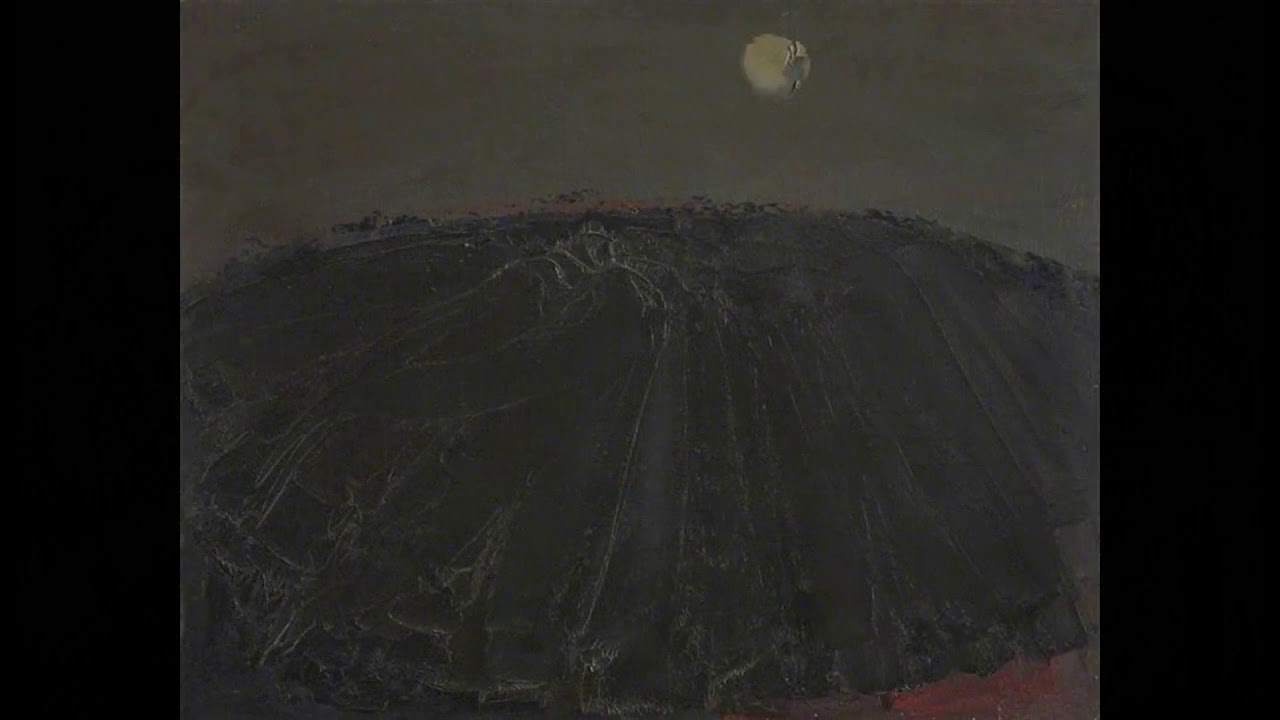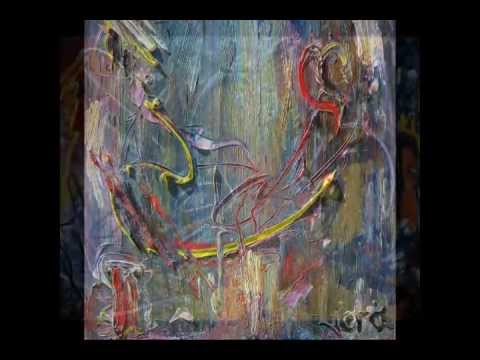Tuen Tony Kwok
tonykwk39@gmail.com
William Congdon was born in Providence, Rhode Island, on April 15, 1912. After studying at Yale University from 1930 to 1934, he pursued a growing interest in art by taking painting lessons in Provincetown with Harry Hensche as well as drawing and sculpture lessons first in Boston under George Demetrious, then in Gloucester. Afterwards, Congdon moved to Philadelphia, where he attended the Pennsylvania Academy of Fine Arts for a few months. He produced his first paintings and traveled through Europe, becoming familiar with the various artistic trends that were developing at the time.
During the Second World War, he was a volunteer in the American Field Service and worked as an ambulance driver. This experience led him to travel to North Africa, Italy, France, and Belgium and had a deep impact on his work, as evidenced by his sketches of those years. At the end of the war, Congdon stayed in Italy for a while to help rehabilitate those areas that had been most stricken, and in 1948 he moved to New York, where he met the major protagonists of American Abstract Expressionism. Congdon started showing at the Betty Parsons Gallery the following year, and he became acquainted with Mark Rothko and Richard Posette-Dart. The city itself served as the main subject of his paintings, and though they were clearly influenced by Paul Klee and Jackson Pollock’s pouring techniques, they made an original contribution to the body of American art for their unique balancing of Abstract Expressionism and the European figurative tradition.
Despite success in the United States, Congdon decided to move to Venice in the 1950’s, which is where he met Peggy Guggenheim. The city very notably influenced his painting, as did trips to the Sahara Desert, Algeria, Santorin, Greece, and Guatemala. In 1959 he converted to Catholicism, moved to Assisi, and for a number of years painted primarily religious subjects. He soon abandoned this direction and returned to themes more familiar to his paintings, and despite not exhibiting for some years, he did not lose his productive rhythm. His pictorial language underwent a profound transformation in 1979 following his relocation to Gudo Gambaredo in the outskirts of Milan where he died April 15, 1998. Thereafter, various retrospectives in Ferrara, Milan, Madrid, and Providence, RI have
威廉·康登於1912年4月15日出生於羅德島普羅維登斯。1930年至1934年在耶魯大學學習後,他通過在普羅溫斯敦與哈里·亨舍斯一起參加繪畫課程以及繪畫和雕塑課程,對藝術產生了越來越濃厚的興趣。在George Demetrious的波士頓,然後在Gloucester。之後,康登搬到了費城,在那裡他參加了賓夕法尼亞美術學院幾個月。他製作了他的第一幅畫,並在歐洲旅行,熟悉當時正在發展的各種藝術潮流。
在第二次世界大戰期間,他是美國現場服務的志願者,並擔任救護車司機。這種經歷使他前往北非,意大利,法國和比利時,並對他的工作產生了深遠的影響,這可以從他那些年的草圖中得到證明。在戰爭結束時,康登在意大利停留了一段時間,以幫助恢復那些受災最嚴重的地區,並於1948年搬到紐約,在那裡他遇到了美國抽象表現主義的主要角色。第二年,康登開始在貝蒂帕森斯畫廊展出,他結識了馬克羅斯科和理查德波塞特 – 達特。這座城市本身就是他畫作的主題,雖然他們顯然受到保羅克利和傑克遜波洛克的澆注技術的影響,但他們對美國藝術的主體作出了獨特的平衡,他們獨特地平衡了抽象表現主義和歐洲的比喻傳統。 。
儘管在美國取得了成功,但康登決定在1950年代搬到威尼斯,在那裡他遇到了佩吉古根海姆。這座城市對他的繪畫產生了非常顯著的影響,前往撒哈拉沙漠,阿爾及利亞,桑託林,希臘和危地馬拉也是如此。 1959年,他皈依天主教,搬到阿西西,並多年來主要繪製宗教題材。他很快就放棄了這個方向,回到了他畫作中更為熟悉的主題,儘管多年沒有參展,但他並沒有失去他的生產節奏。他於1998年4月15日搬到米蘭郊區的Gudo Gambaredo後,於1979年經歷了一次深刻的變革。此後,在費拉拉,米蘭,馬德里和羅德島普羅維登斯的各種回顧展
Source
藝苑掇英 William Congdon 威廉·康登 (1912-1988) Abstract Expressionism American




👌